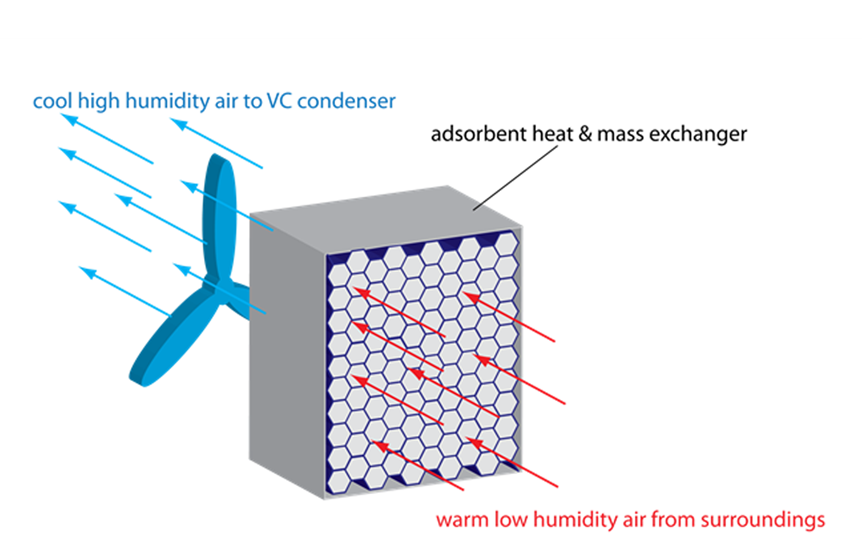Project Info
COMPLETE
 Project Title
Project Title
 Project Title
Project Title
Assessment of Temperature Swing Adsorbent Pre-cooler
Project Number ET15SCE1320 Organization SCE End-use HVAC Sector Commercial Project Year(s) 2015 - 2017Description
Perform a feasibility study and explore design options for an adsorbent heat and mass exchanger. The scope includes: evaluate the amount of moisture available in a year-long period using TMY data, develop a one-dimensional heat and mass exchange model using data on the performance of its adsorbent material, perform a feasibility assessment of temperature swing adsorption.
Project Report Document
Loading PDF Preview...
